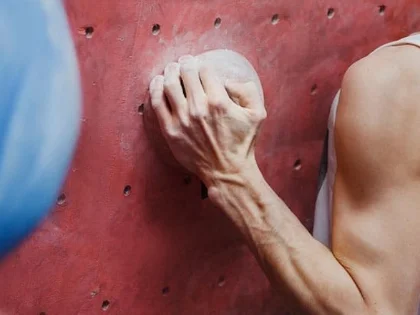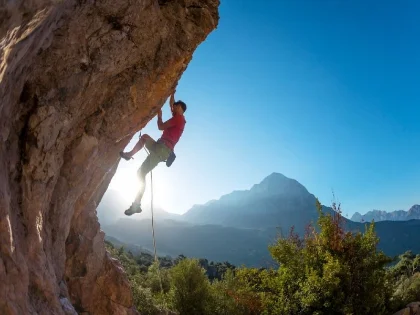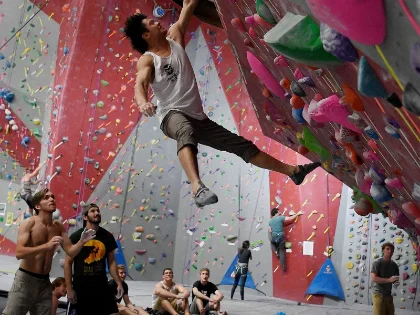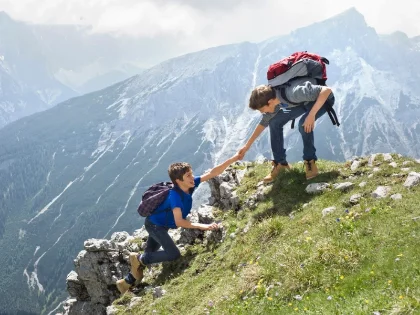Who was the most deadly climber?
Everest is the highest mountain in the world, but it is also one of the most dangerous summits to climb due to the large number of climbers that it attracts each year. Fatigue, cold injuries, and altitude sickness are frequently cited as causes of death.
Another treacherous Himalayan summit is Makalu. Its high death rate is a result of its challenging technical climbing routes, erratic weather, and avalanche threats.
Cho Oyu
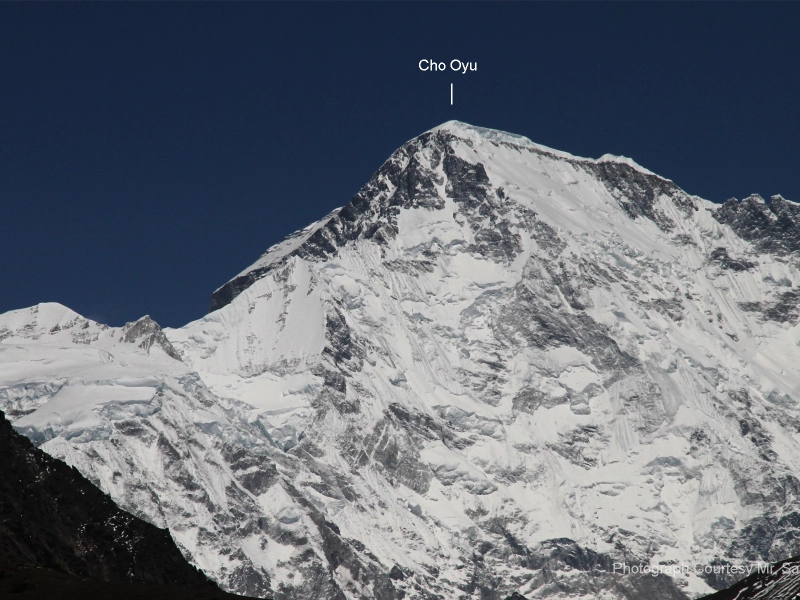
Only 20 kilometers from Everest, Cho Oyu, whose name means "Turquoise Goddess," spans the boundary between Nepal and Tibet. It is frequently scaled as a stepping stone to more difficult summits and is regarded as the sixth-highest peak in the world.
Even if the mountain is easier than other 8,000-meter peaks, it still requires a lot of work, so planning ahead is essential. Common risks include falling ice, avalanches, and illnesses associated with altitude.
In 1988, Fernando Garrido made the first solo ascent of the mountain, becoming the youngest person to summit an 8,000-meter peak during the winter. In 1984, Lydia Bradey from New Zealand made the first solo ascent, and in 2007, Edurne Pasaban from Spain did the same. Swiss climber Ueli Steck set a speed record on the summit in 2004. It was an amazing feat that demonstrated his exceptional abilities and dedication to the game. In addition, this was the first time a man had summited Cho Oyu in under three hours.
Makalu
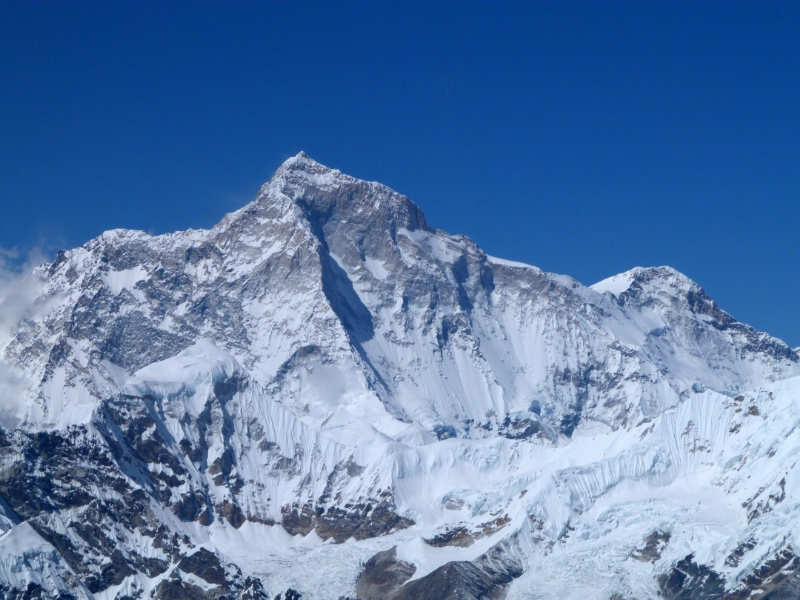
Known as the "Great Black," the remote Makalu is among the most difficult of the 14 eight-thousanders to climb. The stony granite summit of the peak is well-known for its steep slopes and challenging climbing circumstances. A 1954 effort by Edmund Hillary and his crew was foiled by its southeast face, and a second attempt was similarly unsuccessful two years later by a Japanese team.
On May 15, 1955, Lionel Terray and Jean Couzy of a French expedition completed the first ascent with success. They took the traditional route to the summit today, which follows the north face and north ridge across a saddle between Makalu and Kangchungtse.
The only person to have climbed all 14 eight-thousanders without the need for extra oxygen is Sherpa Mingma G. He was trying to climb Makalu in the winter when he passed away from altitude sickness on the peak.
Annapurna I

Annapurna I, the tenth-highest and deadliest peak in the world, has claimed the lives of more than 32% of climbers who have attempted to reach the summit. That's a big group of people! It's actually a little bit insane to think that out of all the mountains over 8,000 meters in elevation, Everest has the second-highest death rate, yet Annapurna has lost more lives than twice as many.
Avalanches and falls down cliffs are only two of the many ways that climbers have perished on Annapurna. Heart attacks and high-altitude cerebral edema have also claimed their lives. Because of its pyramidal shape, Annapurna is particularly hazardous because all routes up the mountain pass across avalanche-prone ridges and beneath precarious seracs, or hanging slabs of ice and snow. It is a surefire way to go wrong. In addition to these dangers, Annapurna can be challenging to travel to and is subject to erratic weather.
K2
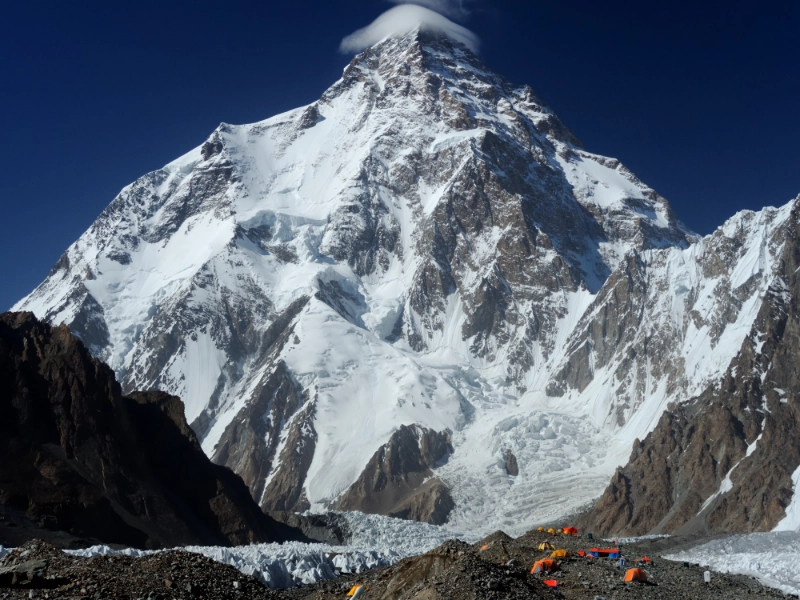
One of the most treacherous mountains to climb is K2, the second-highest summit on the Karakorum. Many attribute its high death rate, which is three times higher than that of Everest, to its infamous Bottleneck Couloir, which has unstable seracs, or slabs of glacier ice, and perilously steep slopes.
Situated at a height of around 26,000 feet, the tight, winding gully demands a considerable degree of climbing talent. Since the peak's initial ascent in 1954, the Abruzzi Spur, which starts on the Pakistani side of the summit, has been a well-traveled route for most K2 climbers.
At such altitudes, climbers run the risk of experiencing low oxygen levels, which can cause high altitude sickness, or AMS. Fatigue, headaches, and dizziness are some of the symptoms. The weather is unpredictable, and there are challenging ice and rock parts that add to the already harsh circumstances on K2. It should come as no surprise that the summit is known as "Savage Mountain."
